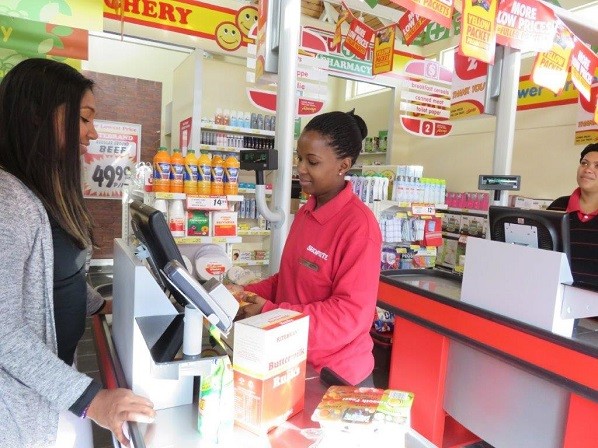In most fast-moving workplaces, it’s more than common for employees to be scattered across different locations, following their own routines and accustomed to different work environments.
As a result of this shift towards flexible working, it is becoming more challenging and time consuming for employers to connect with employees. This calls for the introduction of digital tools to be introduced into the workplace to strengthen the relationship between the employer and employees.
If you are a large enterprise, making a gesture by opening the lines of communication encourages transparency and boosts trust in employees, putting a face to the hierarchy of the business. By using software which establishes a connection between both the employer and employee, this paints the image that the employer is approachable and accessible, contributing towards employee satisfaction, therefore reducing retention rates.
Encouraging employee engagement
There are many third party platforms which can be incorporated into your central work platform, helping to bridge the communication gap between the employer and employee. From bespoke software, purchasing a license for existing software or using external software platforms, you can find a suitable solution to assist in the rescue of the relationship.
Engagement can vary in a number of ways, from acknowledging a job well done, creating the opportunity to offer feedback, to designing a social platform through which general social and work life chatter can take place. By investing in a platform which encourages for this to be done freely, this gives employees a voice. Software as such can help incorporate employees into the decision making process, allowing them to shape new strategies for the business.
Employee acknowledgement and praise
Platforms as such can be used to acknowledge employee achievements and to openly show praise which can then encourage other members of the workforce to follow suit. Software such as Kudos is designed to show praise to employees and in some cases, this could lead to winning a larger reward from the employer if an incentive scheme as such is in place.
There are dedicated employee incentive schemes which you can enrol your business onto, such as Perkbox, which encourages employee engagement through the motivation of incentives. Perkbox aims for employers to connect and engage with their employees by boosting financial, emotional and physical wellbeing through offering access to exclusive discounts and hundreds of savings.
The Digitisation of HR
In addition to employee incentives, investment in a digital HR tool can help enhance employee experience at the workplace as this takes the business a step closer to efficient working and modernises practices. This can make the process of managing your personal data and records easier, and in turn, reduces the amount of administrative work for IT support services.
This simplifies the likes of requesting annual leave, completing time sheets and raising a complaint without making this known to other employees. Changing what can be initially be a nerve-wracking process into an approachable system can enhance user experience, making employees more loyal to the brand.
Kickstarting employee feedback
Using a digital platform to gather feedback can be instrumental in high response rates as this mode of communication is efficient, accessible and generates instant delivery, speeding up the process of obtaining feedback. By requesting for this information to be sent across the digital platform, this can be done so anonymously and in a confidential manner.
Digital feedback allows you to incorporate anonymity into the feedback process as the employee can submit a reply without directly dealing with the recipient of the responses face to face. By providing a safe platform from which this can be contributed, you’re more likely to receive an honest reply.
Keith Tully is a partner at RBR Advisory, a multi-disciplinary advisory platform offering corporate insolvency, restructuring and commercial finance services to large businesses.










